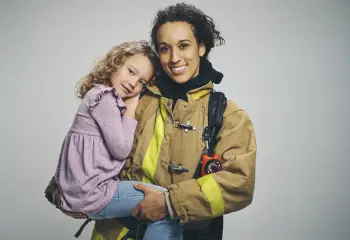Altruism is when we act to promote someone else’s welfare, even at a risk or cost to ourselves. Though some believe that humans are fundamentally self-interested, recent research suggests otherwise: Studies have found that people’s first impulse is to cooperate rather than compete; that toddlers spontaneously help people in need out of a genuine concern for their welfare; and that even non-human primates display altruism.
Evolutionary scientists speculate that altruism has such deep roots in human nature because helping and cooperation promote the survival of our species. Indeed, Darwin himself argued that altruism, which he called “sympathy” or “benevolence,” is “an essential part of the social instincts.” Darwin’s claim is supported by recent neuroscience studies, which have shown that when people behave altruistically, their brains activate in regions that signal pleasure and reward, similar to when they eat chocolate (or have sex).
This does not mean that humans are more altruistic than selfish; instead, evidence suggests we have deeply ingrained tendencies to act in either direction. Our challenge lies in finding ways to evoke the better angels of our nature.
For More: Why do some people risk their lives to help others? Read about Kristen Renwick Monroe’s research to understand heroic altruists.
For an in-depth overview of where generosity comes from, what its benefits are, and how to cultivate it, read this special white paper on the science of generosity prepared for the John Templeton Foundation.








